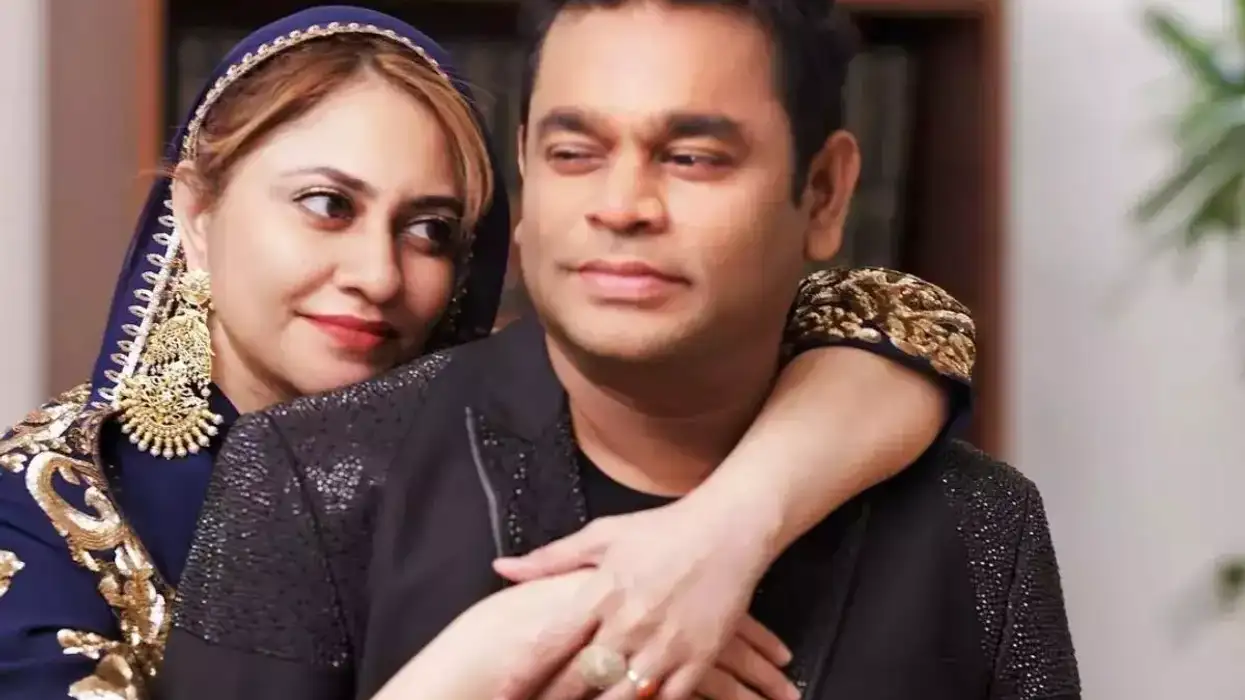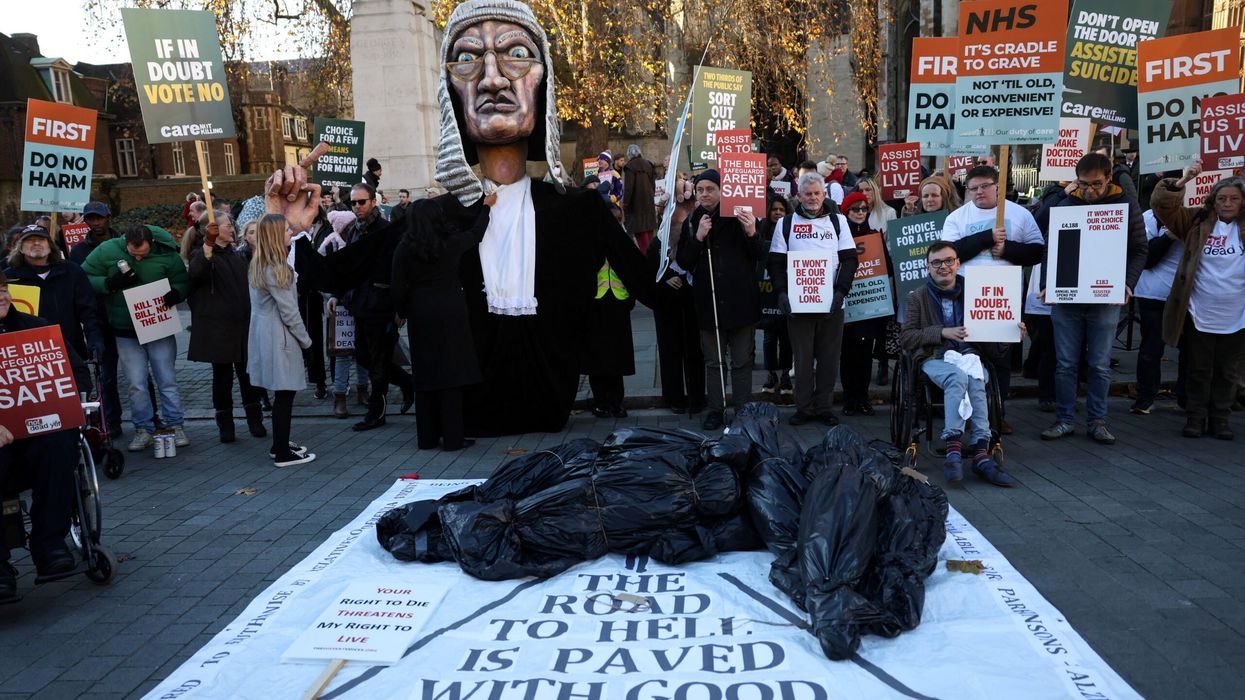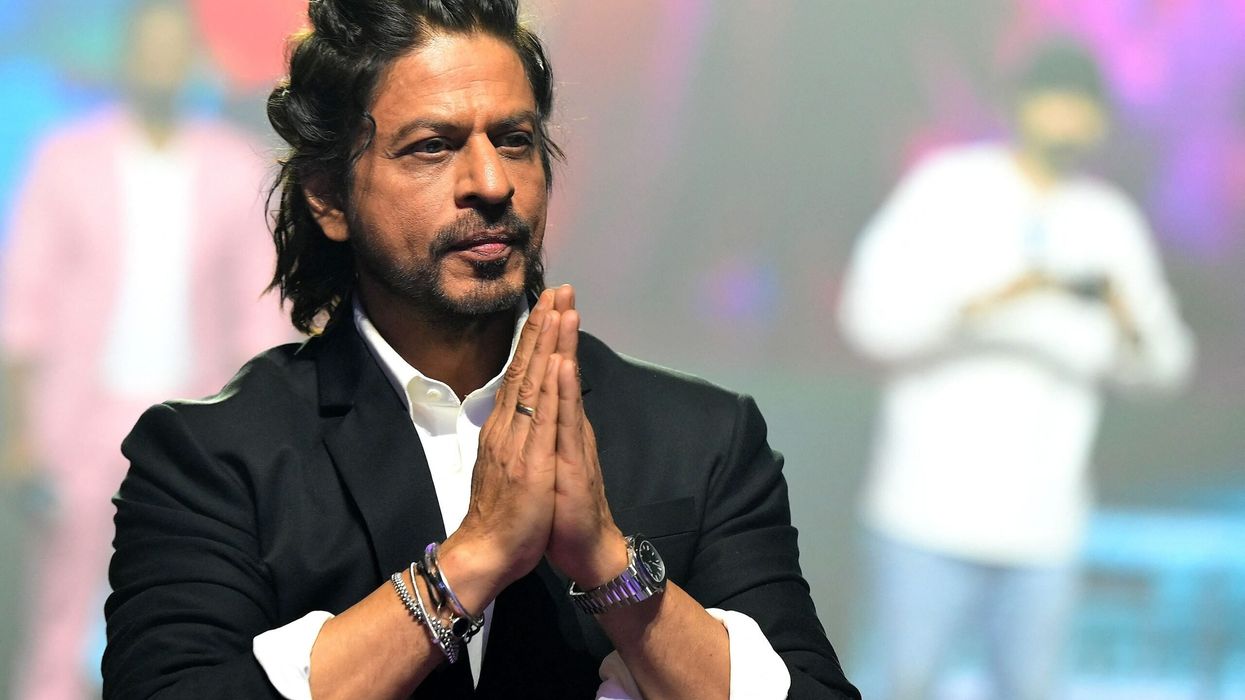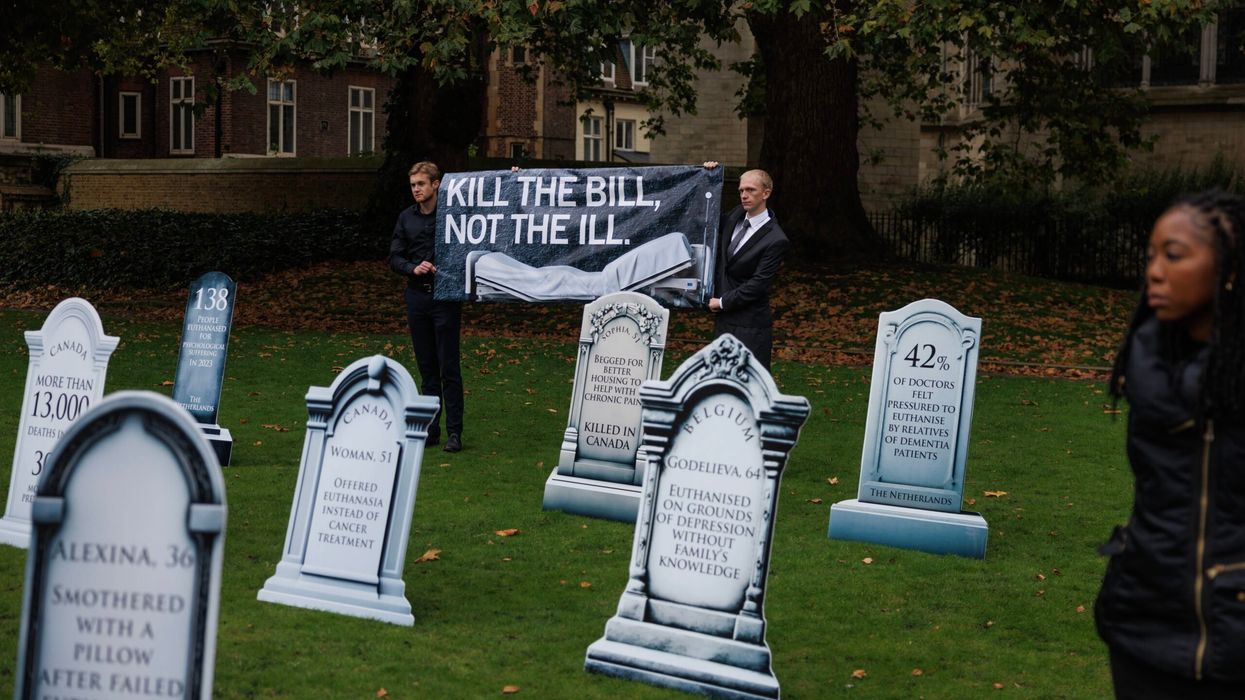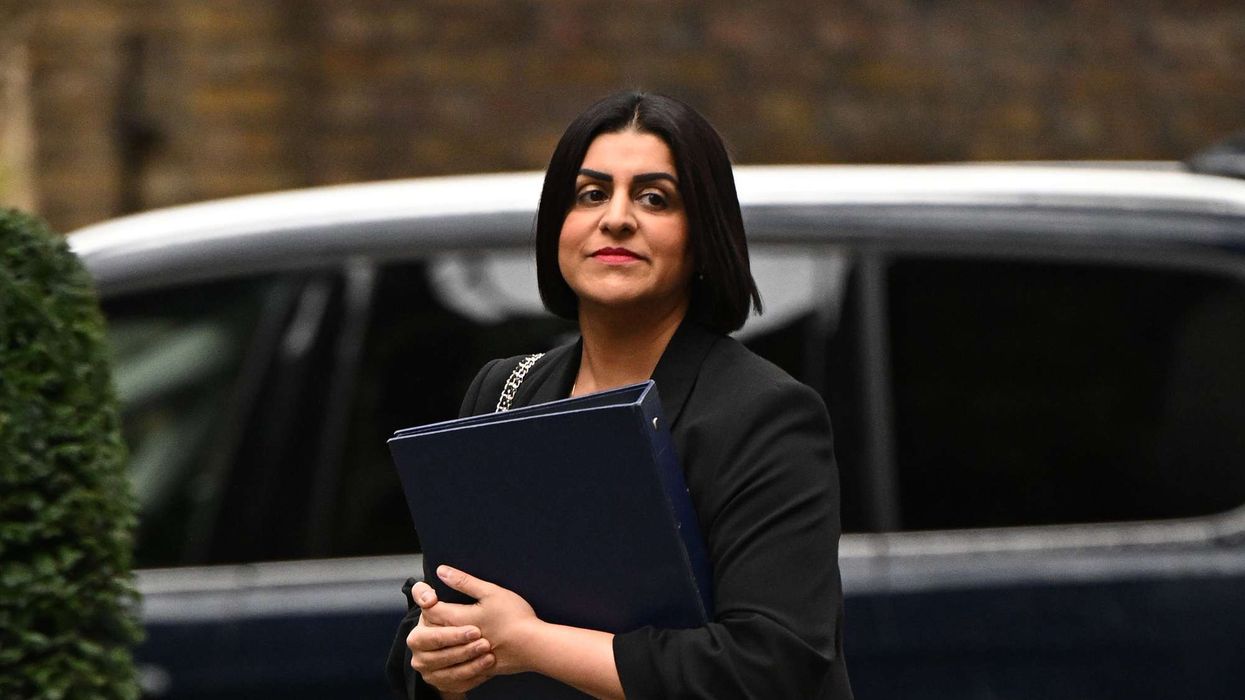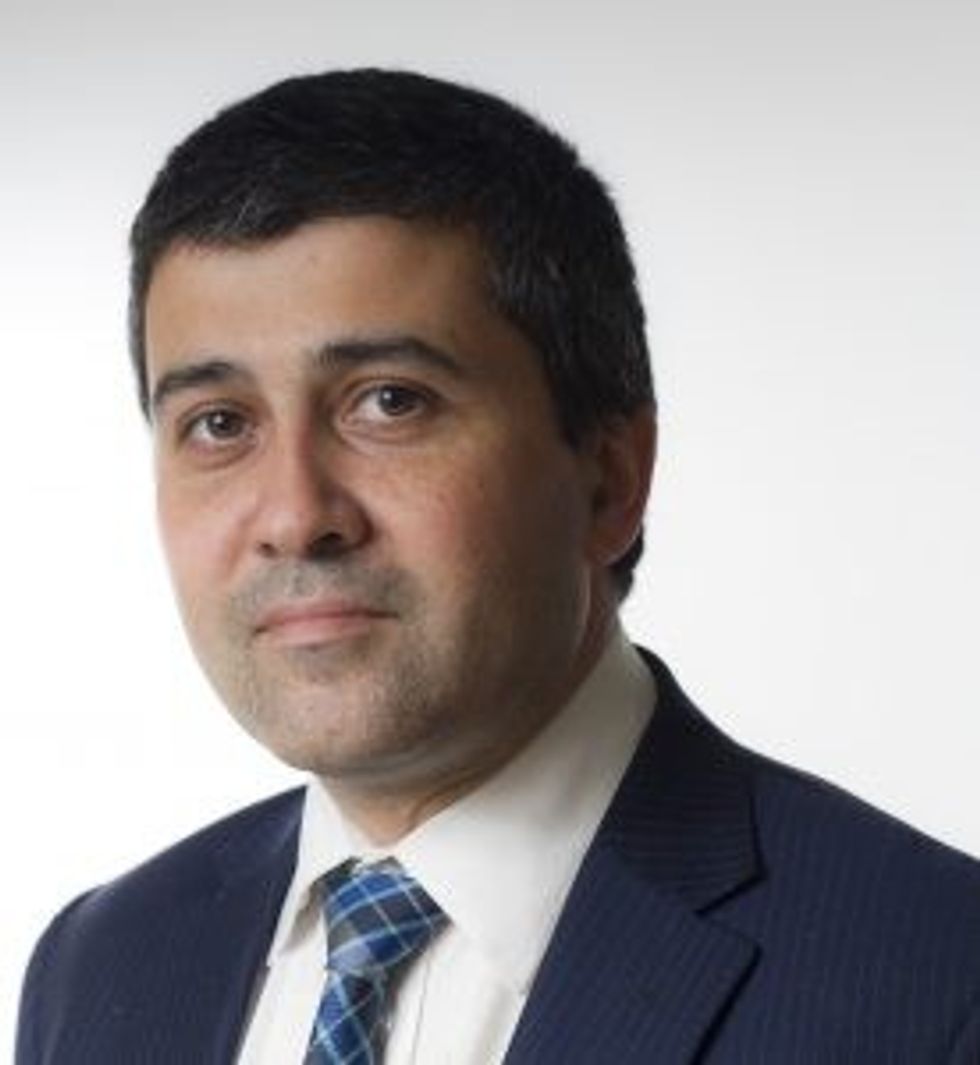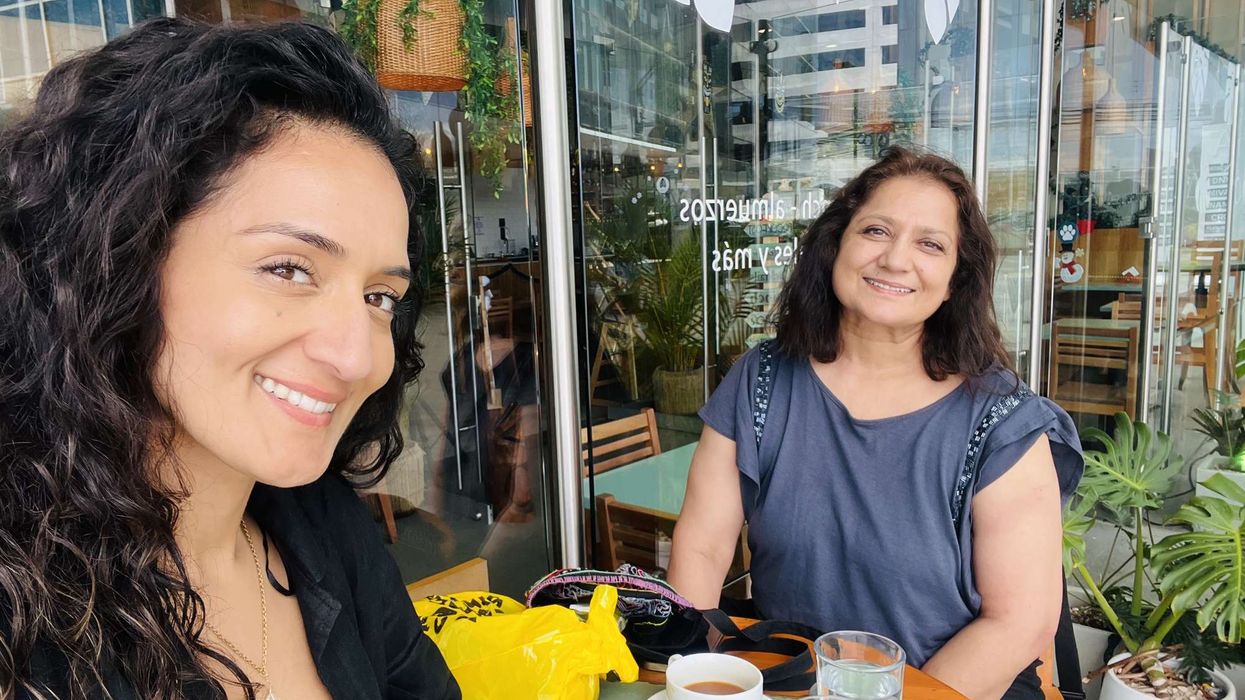By Amit Roy
INDIA ranks a dismal 84th in “passport power” in a world ranking based on the number of countries an Indian national can visit without a prior visa – 58.
The ranking of the world’s passports is done by the Henley Passport Index, “based on data from the International Air Transport Association (IATA)”.
Out of 197 countries, Pakistan is almost at the bottom – 104th – with a Pakistani passport allowing visa-less travel to 32 countries.
Only Syria and Iraq – on 105th and 106th places – do worse, with Afghanistan on 107th at the bottom.
The UK is eighth in the list, with visa-less travel to 184 countries.
The five best passports are: Japan (1, with visaless travel to 191 countries); Singapore (2/190); Germany and South Korea (3/189); Finland and Italy (4/188); and Denmark, Luxembourg and Spain (5/187).
British nationals wanting to go to India usually have no problem getting a visa unless they happen to be of Pakistani origin – and the courtesy is returned for Indian-origin Britons travelling to Pakistan. I live in hope that one day, we will have visaless travel between two friendly neighbours.
